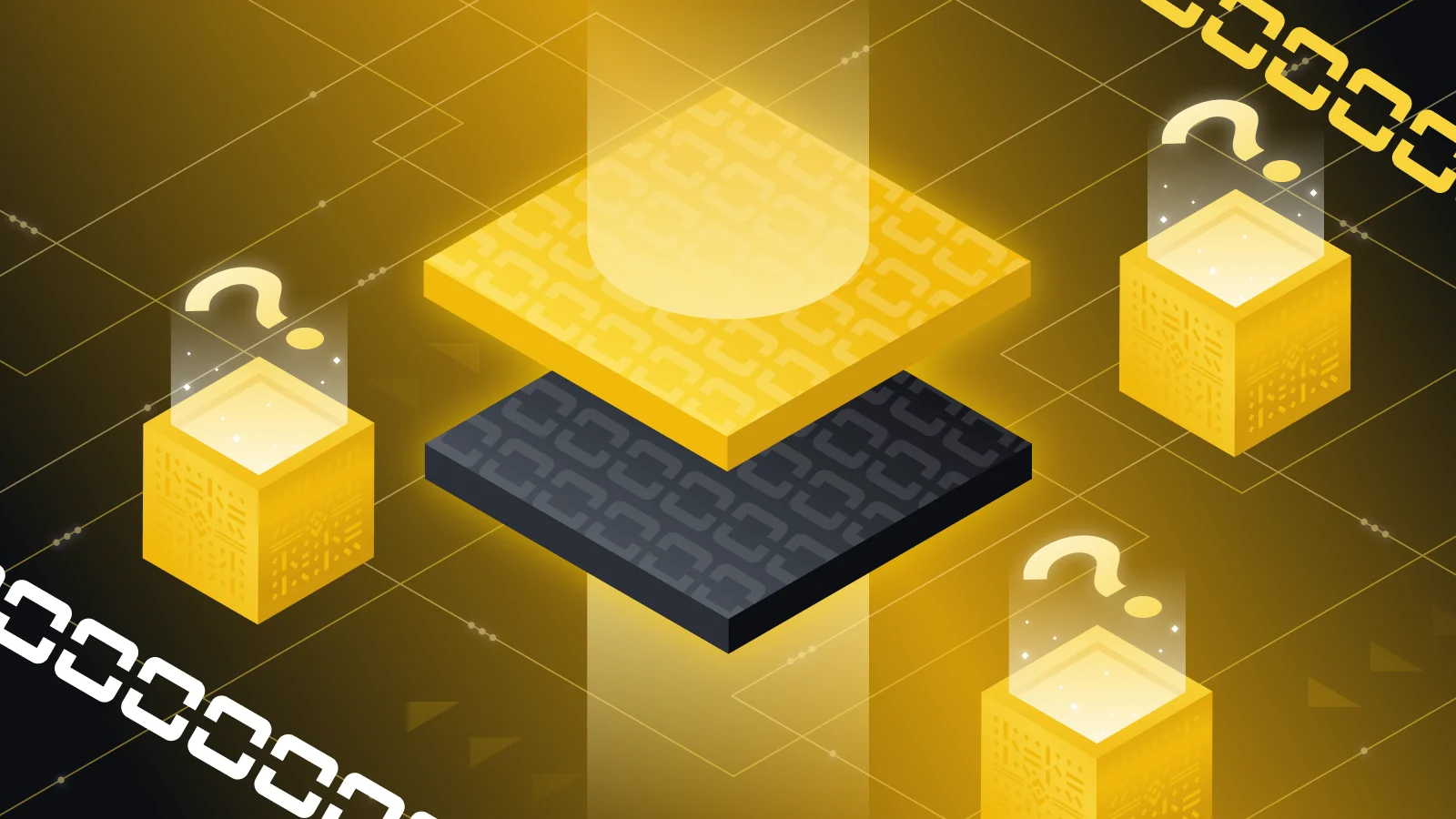
The scalability trilemma is still one of the blockchain’s most pressing issues. Here are some ways that blockchain layer 2 solutions can help.
Layer-2 scaling solutions run on top of a blockchain protocol to improve the underlying blockchain’s speed and efficiency. Here’s a detailed explanation of how it works.
Layer 2 solutions aid application scaling by processing transactions outside the Ethereum Mainnet (layer 1) while maintaining the same security and decentralization as the main net. Layer 2 solutions boost throughput (transaction speed) while lowering gas costs. Immutable X, Polygon, and Polkadot are popular Ethereum layer 2 solutions.
Layer-2 solutions are primarily concerned with diverting the majority of transactions away from the main net. Many Layer-2 projects have emerged in a short period to address this challenge. However, only a few have successfully resolved the most pressing issues. Three examples of Layer-2 blockchain scaling solutions are provided below:
A state channel is a two-way communication channel that enables interaction between participants. In other words, no third party, such as a miner, is required to confirm transactions, which increases transaction speed.
The process begins by encrypting a portion of the blockchain with Multi-signature (multisig) to allow for direct interaction without requiring anything to be submitted to the miners. Once the transaction is confirmed, the channel’s final state is added to the blockchain.
ZK-Rollups combine transactions removed from the main blockchain and produce a cryptographic proof known as a SNARK (Succinct Non-Interactive Argument of Knowledge). This proof, also known as validity proof, is the only record required on the main blockchain, lowering the gas fee that users would have paid if all data was processed.
Unlike ZK-Rollups, optimistic rollups are based on fraud proofs. Simply put, aggregators publish only the most basic information on Layer 1 and assume that the data is correct.
If the transaction is valid, there is no need for the main blockchain to do anything else. In the event of a fraudulent transaction, the optimistic rollup detects it and penalizes the sender.
Layer 2 solutions are essential because they enable scalability and increased throughput while maintaining the Ethereum blockchain’s integrity, allowing for complete decentralization, transparency, and security while lowering the carbon footprint (Less gas equals less energy, which equals less carbon.)
Even though the Ethereum blockchain is the most widely used and arguably most secure, it has its challenges. The Ethereum Mainnet is notorious for its slow speed (13 transactions per second) and high gas fees. Layer 2 is built on top of the Ethereum blockchain to ensure that transactions are secure, fast, and scalable.
Each solution has its advantages and disadvantages, such as throughput, gas costs, security, scalability, and functionality. Currently, only one layer 2 solution can meet all of these requirements. However, layer 2 scaling solutions known as rollups aim to improve all of these aspects.
One of the most popular solutions to blockchain scalability issues is layer-2 blockchain projects and solutions on the Ethereum blockchain. With a strong emphasis on this technology, it promises a future with widespread adoption and low transaction fees. If you require assistance with blockchain development services, don’t hesitate to get in touch with SmartOSC.
Increased acceptance and knowledge sharing have aided the spontaneous growth of cryptocurrency over the last…
Blockchain can be intimidating to research, but attending cryptocurrency events is one of the best…
Blockchain has made inroads into all major industries and is also becoming a part of…
In recent years, blockchain lending solutions have grown in popularity as a way to earn…
Many people are looking for ways to get involved in the crypto world as the…
Blockchain is a distributed, decentralized ledger used to power decentralized transaction management. Decentralized transaction management…